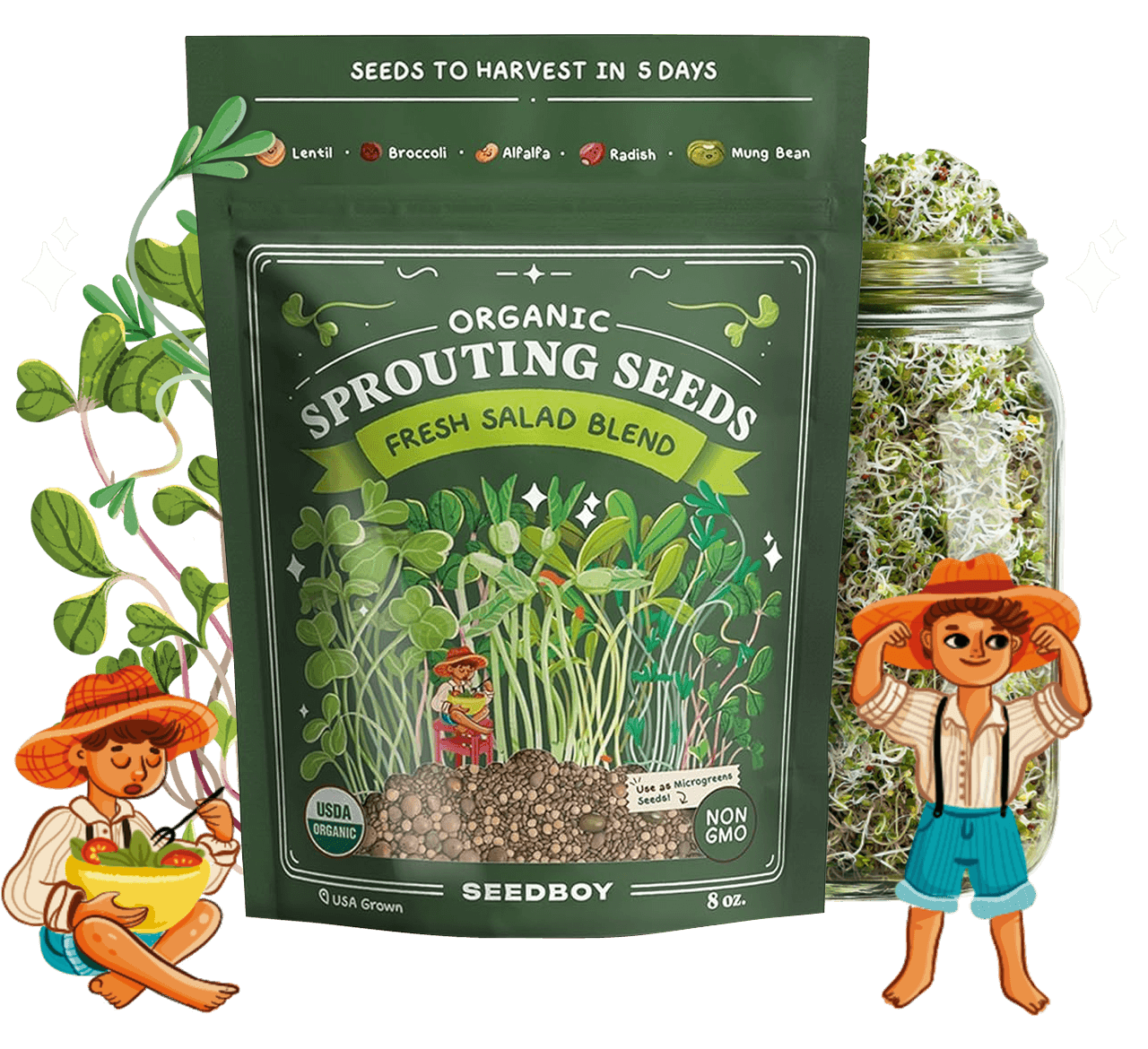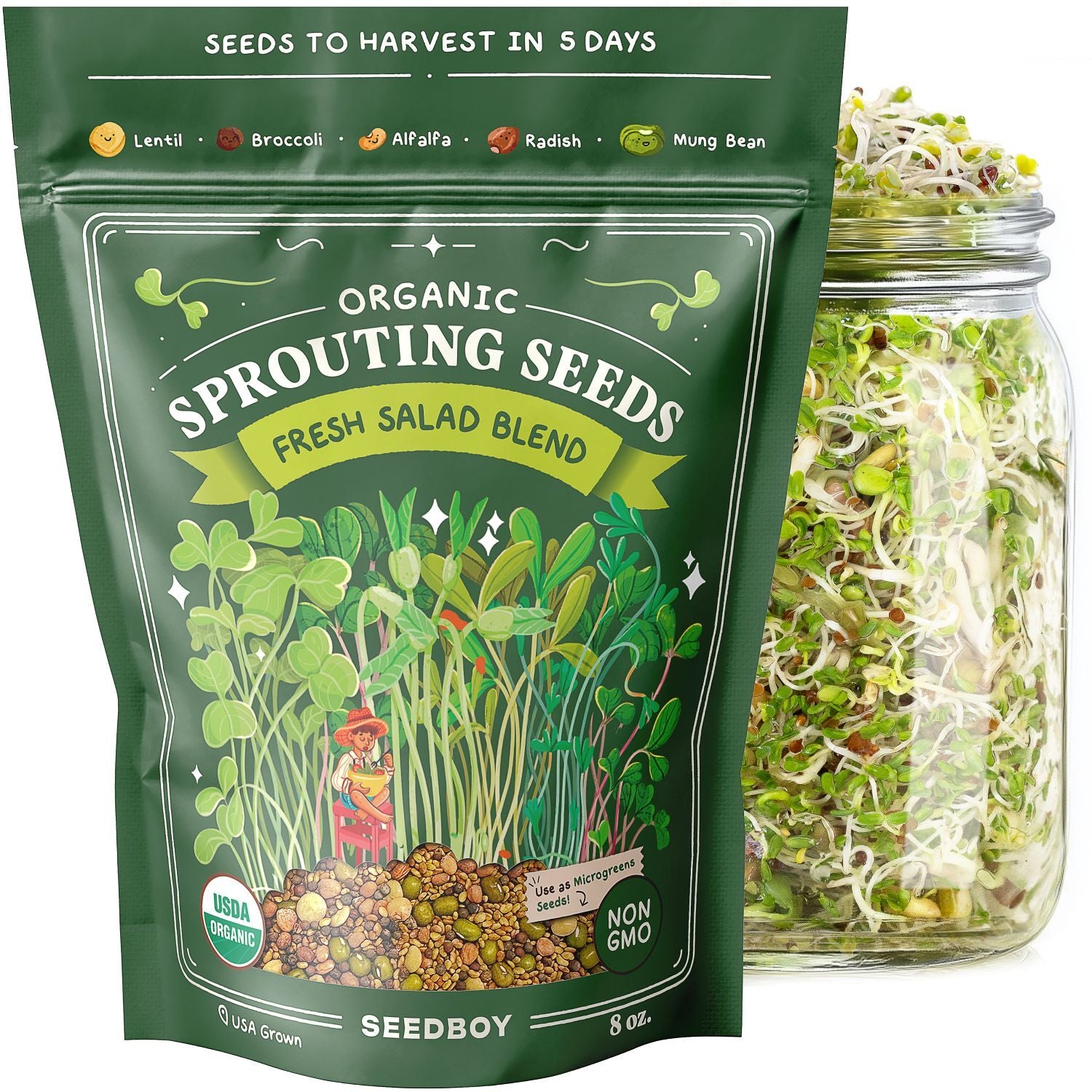
GROW GUIDE
Blue Curled Scotch Kale
Brassica oleracea var. acephala
Plant Description
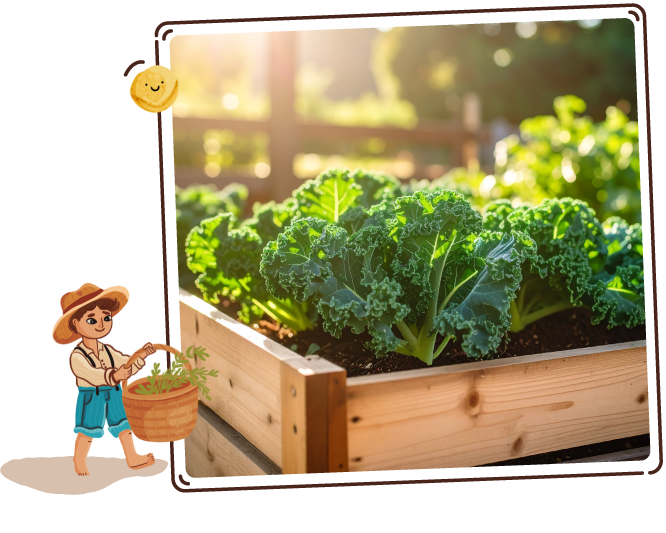
Blue Curled Scotch Kale
A hardy leafy green known for its deeply curled, blue-green leaves, forming a ruffled, textured appearance.
This nutrient-rich staple, originating from the Brassica family, is prized for its robust, earthy flavor with a hint of sweetness, making it a versatile addition to soups, salads, and sautés.
Quick Facts:
-

Sun Requirements
Full Sun/Partial Shade
-
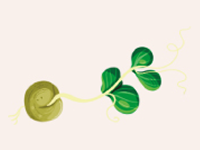
Days To Sprout
5-14 Days
-
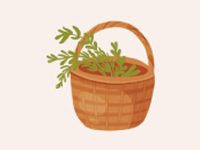
Days To Harvest
50-70 Days
-
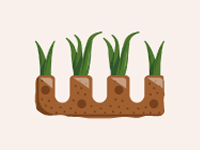
Plant Spacing
12-18"
-
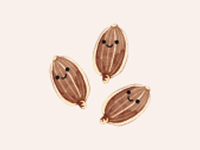
Seeds Per Hole
3
-
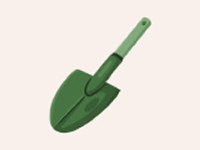
Planting Depth
1/4"
Best Planting Locations
-

Garden Plots
Ideal for direct sowing, providing rich, well-drained soil and full sun to partial shade.
-

Raised Beds
Perfect for outdoor growth with ample space for root development and excellent drainage.
-

Protected Areas
In hot climates, choose locations with some afternoon shade to prevent bolting.
-

Containers
Great for small spaces, offering flexibility in positioning and control over soil quality.
Getting Started
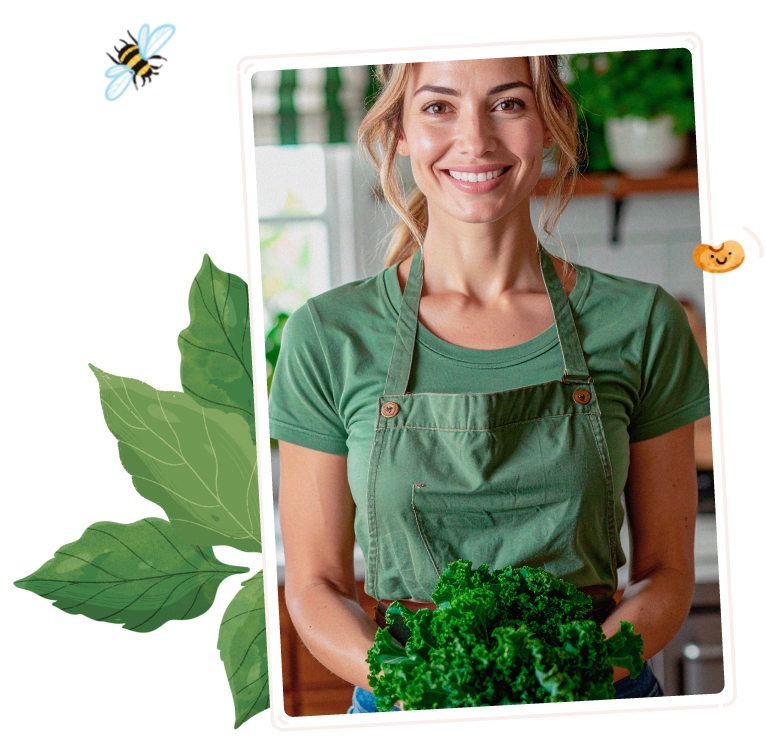
-
1
Find the Spot
Kale thrives in cooler weather, preferring full sun or partial shade with at least 4-6 hours of direct sunlight each day. If growing indoors, a bright, sunny window with good airflow works best.
-
2
Prep the Soil & Fertilizer
Use well-draining, fertile soil with a neutral to slightly acidic pH. Kale benefits from compost or aged manure mixed in before planting. For optimal growth, apply a balanced fertilizer or nitrogen-rich amendments as the plant matures.
-
3
Plant the Seeds
Plant 3 seeds 1/4 inch deep in moist, well-draining soil, keeping it consistently moist but not waterlogged during germination.
The ideal soil temperature for germination is between 50-85°F, with an optimum range of 60-65°F.
Thin seedlings 12–18 inches apart once they develop strong leaves.
Good Neighbors:
-

Carrots:
Similar growing conditions, preferring cool weather and moist soil
-
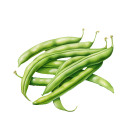
Beans:
Add nitrogren to the soil, improving kale's growth
-
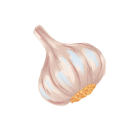
Garlic:
Acts as a natural pest repellent, helping to deter aphids and other common pests
-
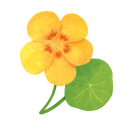
Nasturtium:
Acts as a "trap crop", attracting pests like aphids, flea beetles, and caterpillars away from your kale plants
Enemy Plants:
-
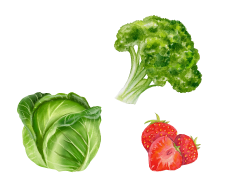
Strawberries, Cabbage & Broccoli:
Share the same pests, diseases, and nutrient needs
-
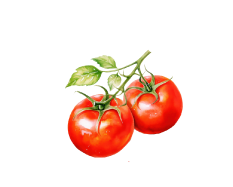
Tomato
Both heavy feeders that compete for nutrients
Attractants:
-
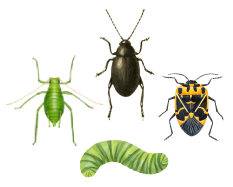
Aphids, Cabbage Worm, Flea Beetles, Harlequin Bugs
Kale is a food source
Repellents:
-
No known repellents
Best Time to Plant
USDA Hardiness Zones
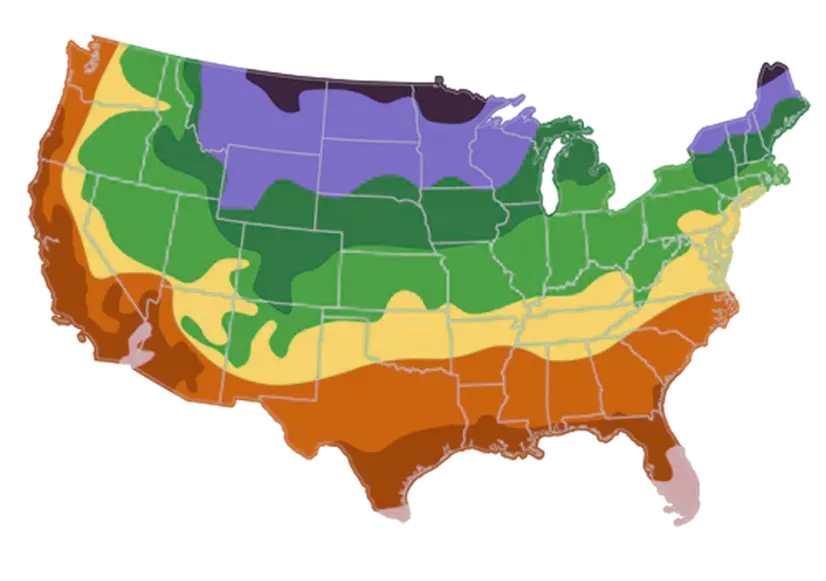
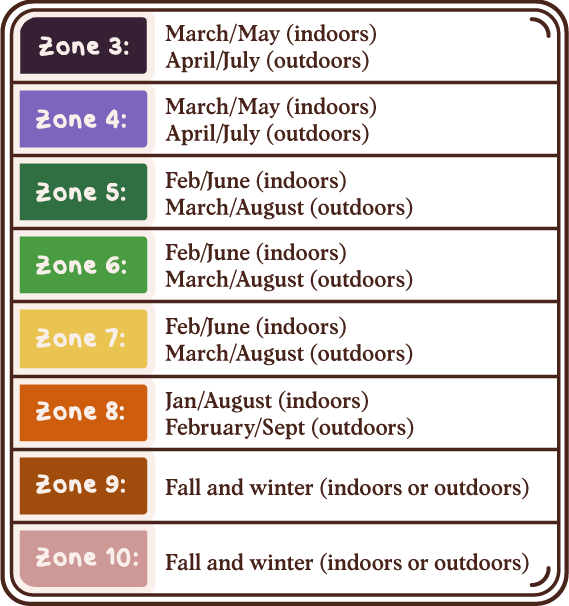
Day to Day Maintenance

-
Watering
Keep the soil consistently moist but not soggy. Blue Curled Scotch Kale thrives with even watering, especially during hot weather. Avoid letting the soil dry out completely, but ensure proper drainage to prevent root rot.
-
Pruning
Regularly remove any yellowing or damaged leaves to keep the plant healthy.
The Harvest
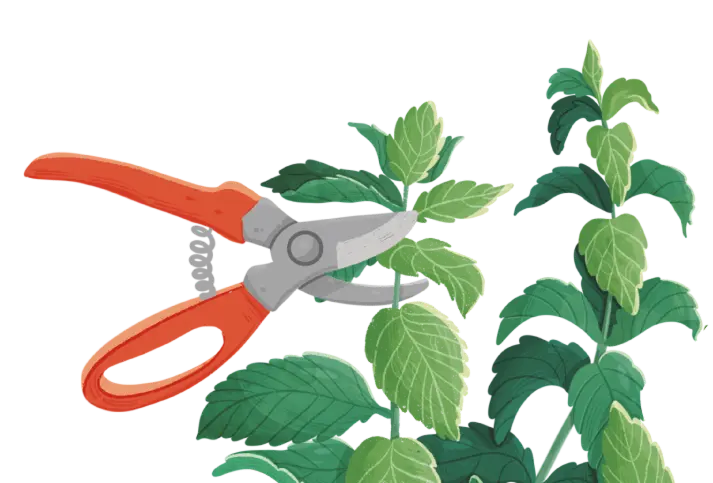
-
Gathering
For a continuous harvest, pick the outer leaves first, allowing the center to keep producing new growth. This encourages a longer, more productive season.
-
For the best texture and flavor, harvest in the morning after the leaves have crisped up overnight.
Favorite Uses
-
Salad
-
Pesto
-

Smoothie
-

Chips
-
Soup

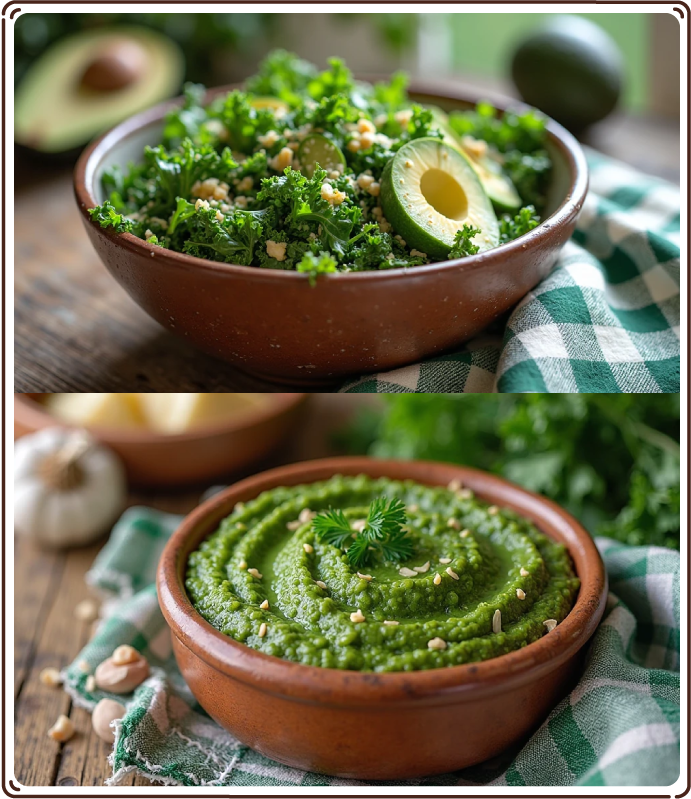
How to Store
-

Refrigeration
Duration: Up to two weeks
Location: Store in the refrigerator
Method: Wrap kale leaves loosely in a dry paper towel to absorb excess moisture, and place them in a perforated plastic bag or an airtight container. This keeps them crisp and prevents wilting.
-

Freezing
Duration: Several months
Location: Store in the freezer
Method(Whole Leaf): Blanch leaves in boiling water for 2-3 minutes, then transfer to an ice bath. Pat dry and freeze flat on a baking sheet before storing in a freezer-safe bag.
-

Freezing
Duration: Several months
Location: Store in the freezer
Method (Chopped/Prepped): Finely chop kale, pack into ice cube trays with a bit of water or oil, and freeze. This makes it easy to add to soups and smoothies.
-
Drying
Duration: Up to one year
Location: Warm, dry, and well-ventilated area out of direct sunlight
Method: Remove leaves from stems and spread them in a single layer on a drying rack or use a food dehydrator on a low setting. Store dried leaves in an airtight container.
Fun Facts

-
Cold Weather Champion
Kale thrives in cool temperatures and even becomes sweeter after a light frost.
-
Ancient Superfood
Kale has been cultivated for over 2,000 years and was a staple in the diets of ancient Greeks and Romans.
-
Curly and Crunchy
Its signature ruffled leaves aren’t just for looks—they help trap dressing in salads and add extra texture to dishes.
-
Nutritional Powerhouse
Packed with vitamins A, C, and K, Blue Curled Scotch Kale is one of the most nutrient-dense leafy greens you can grow.
Subscribe to our Newsletter: "The Small Garden Chronicles"
Where curious growers gather for garden inspiration.
